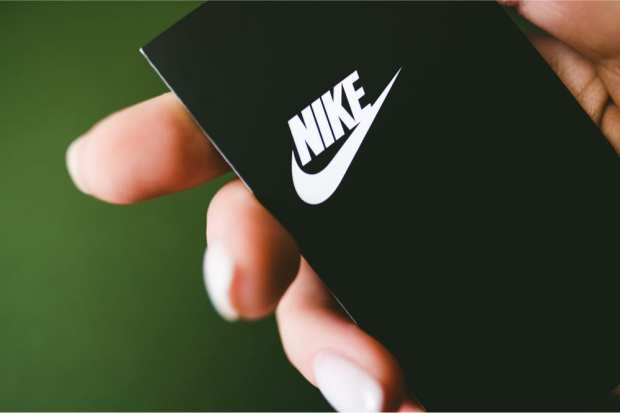Nike Says The Last Dance Will Be With Digital 3.0

The headlines about Nike’s Q4 earnings announcement focused on what would be a staggering loss at any other time. But the real story is a complete and radical repositioning of one of the world’s leading brands toward Digital 3.0.
First, the financials. Nike reported a loss of $790 million during the period ended May 31, compared with net income of $989 million for the same quarter in 2019. Total revenue dropped 38 percent to $6.31 billion from $10.18 billion a year ago. Sales in North America were down 46 percent while sales in China were down just 3 percent, with many of the company’s stores reopening.
“Leading with our values is drawing us closer to consumers,” said CEO John Donahoe on the company’s earnings call. “We used our ecosystem of Nike Activity and Commerce apps to directly engage with consumers in their homes as they focus on health and wellness. During this difficult time, Nike has inspired and offered hope, and as a result, worldwide affinity for our brand deepened during COVID-19 with our You Can’t Stop Us campaign receiving more than 2 billion impressions to-date. Across all 12 of our key cities, Nike remains consumer’s number one favorite brand. Second, Greater China has returned to currency-neutral growth. Over the quarter we’ve strengthened our consumer connections and translated them into meaningful relationships.”
Those relationships Donahoe referred to were based in Digital 3.0. In March and April, as the pandemic took hold in China, monthly active users on the Nike Trending app increased over 350 percent. Globally, In Q4, Nike Digital grew 79 percent and passed $1 billion in annual digital revenue in both Greater China and EMEA for the first time. Also on a global basis, workouts on the Nike Training Club app more than tripled, peaking in April at nearly 5 million workouts per week. Since February, the Nike Commerce App was downloaded more than 8 million times, triple the 2019 level. Its SNKRS mCommerce app reached $1 billion in revenue.
And the causes of the spike were measured on social media. Donahoe says the Jordan Brand resonated with the airing of ESPN’s “The Last Dance” documentary. “The response we saw from the cultural conversation around each episode to the rapid sell-through of the AJ5 Fire Red demonstrated the love for the Jordan Brand all over the world,” he said, adding that in Greater China the Jordan brand grew more than 50 percent, approaching a $1 billion in annual revenue.
Donahoe laid out his vision for a Digital 3.0 Nike with several areas of what he called strategic acceleration. The first is a digital “marketplace of the future.” It is part of Nike’s commitment to reach 50 percent digital usage among its customer base, which will be reached next year. It’s also part of what Donahoe calls “a clear and connected digital marketplace” to match that 50 percent adoption rate.
“Consumers want modern, seamless experiences, online to offline, so we’re accelerating our approach,” he said. “Our OneNike marketplace strategy leads with Nike Digital in our own stores and embraces a small number of strategic partners who share our vision to provide a consistent premium shopping experience. Connected data, inventory and membership will give consumers greater access to the best of Nike with more speed and convenience than ever. We’ve talked about membership as a growth driver and differentiator before, but now we’ll align our business to make it central to everything we do. And as part of the strategy, we will also scale our investment and smaller format digitally enabled mono-brand stores with integrated online-to-offline capabilities. We believe this will be additive to what’s in the market. These mono-brand stores will accelerate the growth trajectory of Nike’s largest market share opportunity like Women’s and Apparel, driving long-term profitability.”
Donahoe also spoke in terms of positioning Nike as a DTC brand as much as a retail brand. His “consumer direct acceleration” recasts the company not as a siloed community of runners, yoga practitioners and basketball players; instead it will go back to a more generalized and direct approach aiming at men, women and kids. It will not only lead a more direct approach for sales and marketing but will also lead to bigger investments in women’s and kids footwear and apparel.
“These intentional organizational focuses will touch every area of our business, including innovation, product creation, marketing, merchandising and distribution. Through this new consumer construct, we can serve performance sport with more specificity while also broadening the definition of sport,” Donahoe said. “This approach allows us to better focus on the individual consumer and unlock new opportunities to more nimbly serve their exact needs. And third, and finally, we will invest in digital capabilities in our end-to-end technology foundation to accelerate our transformation. Simply put, we will more aggressively leverage technology to make Nike better. This single integrated technology strategy across our business will accelerate how we serve consumers. Specifically, we’ll speed up and unify our investments across demand sensing, insight gathering, inventory management and more.”
